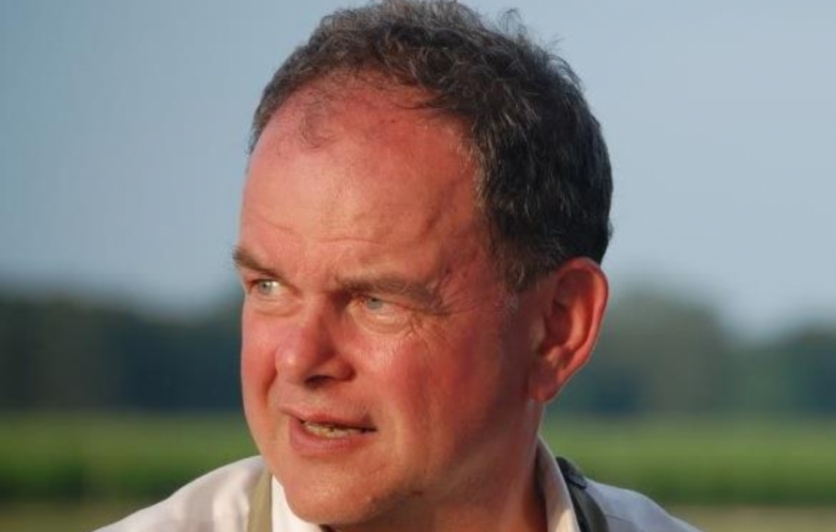David Shields: The Revivalist
Pity the rutabaga. This former Southern staple is now almost forgotten, elbowed out by kale and the like. But David Shields will have none of it, and he doesn’t even particularly enjoy eating rutabagas.
For this University of South Carolina Distinguished Professor of English, the history and story of the humble veggie is enough, and discovering these stories has launched Shields on the foodways trail to track down the foods and crops of our pre-industrial agricultural past.
“I’m a philologist and historian of the book, my expertise is in the literature connected with agriculture—seed catalogs and things like that,” he says, his voice measured and professorial. Though his search to find and revive lost plants and seeds has meant slogging through fields across far corners of the South, Shields’ scholarly field entails “reading huge masses of writings so I understand how entire discourses work, sociologically and intellectually.
In the early 19th century agriculture journals were a more dominant source of writings than religious, political or cultural journals,” he says. Using these old documents, he traces the internal logic of why farmers planted rutabagas, for example (because livestock loved them), or collards (because they desalinated fields; “that’s why we have so many damn collards in this part of the world.”). His book, The Culinarians (University of Chicago Press, 2017), serves up the country’s culinary history via biographies of 175 early American gastronomic pioneers.
“I wanted to understand why things were grown,” he says.
And this in turn has led him on a hunt to find, and revive, crops that were once integral to our diets and culture, including Carolina Gold Rice. In partnership with Glenn Roberts, founder of Anson Mills, he has revived the cultivation of Carolina Gold Rice, as well as researched the 40-some ingredients associated with the Lowcountry rice table or what Shields, who heads the Carolina Gold Rice Foundation, calls the “rice kitchen system.”
It’s forensic agriculture, hunting and gathering at its best.
“In the last decade, we’ve found and brought Sea Island white flint corn, the Bradford watermelon, Cox prolific corn and the lemon cling peach—all things that had long-term durability on the landscape. Plants that were important for over 50 years, not the flash-in-the-pan veggies but those that became elements of the cuisine,” saysShields.
The result and the reward: robust flavor. Flavor was sacrificed as seeds were hybridized for improved disease resistance, he says. But with it, the nutritional value of the crops was also diminished, so for Shields, reviving these old crops is more than a vintage foodie hobby.
“The greatest thing I’ve done is try to restore flavors, and to demonstrate that flavor has a direct correlation to nutrition. It isn’t an ornamental thing to bring back these old grains. They have a quality of wholesomeness, with more extensive root systems for cultivation in a microbiome of living soil, which made these grains the basis of world nutrition,” he says.
Currently on his most-wanted list of lost ingredients: White Mammoth Rye, the original whiskey rye of the South.
“I’m searching Canada now for it,” he says, though in this case, the nutritional value is questionable. Sometimes, Shields finds, history can be intoxicating.





